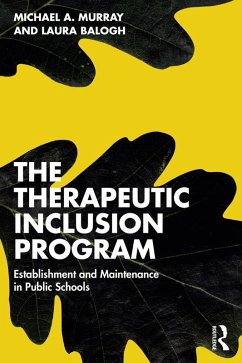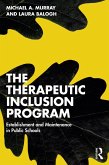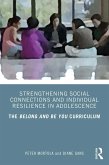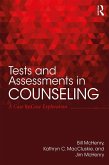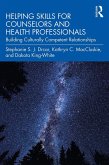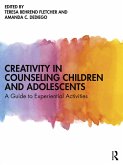The Therapeutic Inclusion Program opens with information about therapeutic classrooms and continues with explanations of how the programs function within the larger public school community. As the book travels through the therapeutic program, it discusses staff roles and qualifications, staff-to-student ratios, and the role of administration. Each chapter uses two approaches toward describing the implementation of a therapeutic inclusion program, beginning with a description of the structure and practices, along with the reasoning that supports them, and following with examples from real work experience in the form of vignettes, which will illustrate the concepts and structures in action.
Intended for education and counseling professionals looking to design, implement, and maintain an effective therapeutic inclusion program, this book helps fill a noticeable void in public education literature and know-how regarding therapeutic programming.
Dieser Download kann aus rechtlichen Gründen nur mit Rechnungsadresse in A, B, BG, CY, CZ, D, DK, EW, E, FIN, F, GR, HR, H, IRL, I, LT, L, LR, M, NL, PL, P, R, S, SLO, SK ausgeliefert werden.
Sharon Young, retired principal
"The Therapeutic Inclusion Program by Murray and Balogh is thoughtfully and meaningfully designed. As a school administrator, I was able to 'feel' and experience the core tenets of a public school's successful therapeutic program. The reader will be able to use Murray and Balogh's book in whole or in part, based on their current needs while developing an in-district program This is a tremendous resource for all stakeholders in the development of their own Therapeutic Inclusion Program."
Jessica Murphy, M.Ed., CAGS, Director of Student Services

